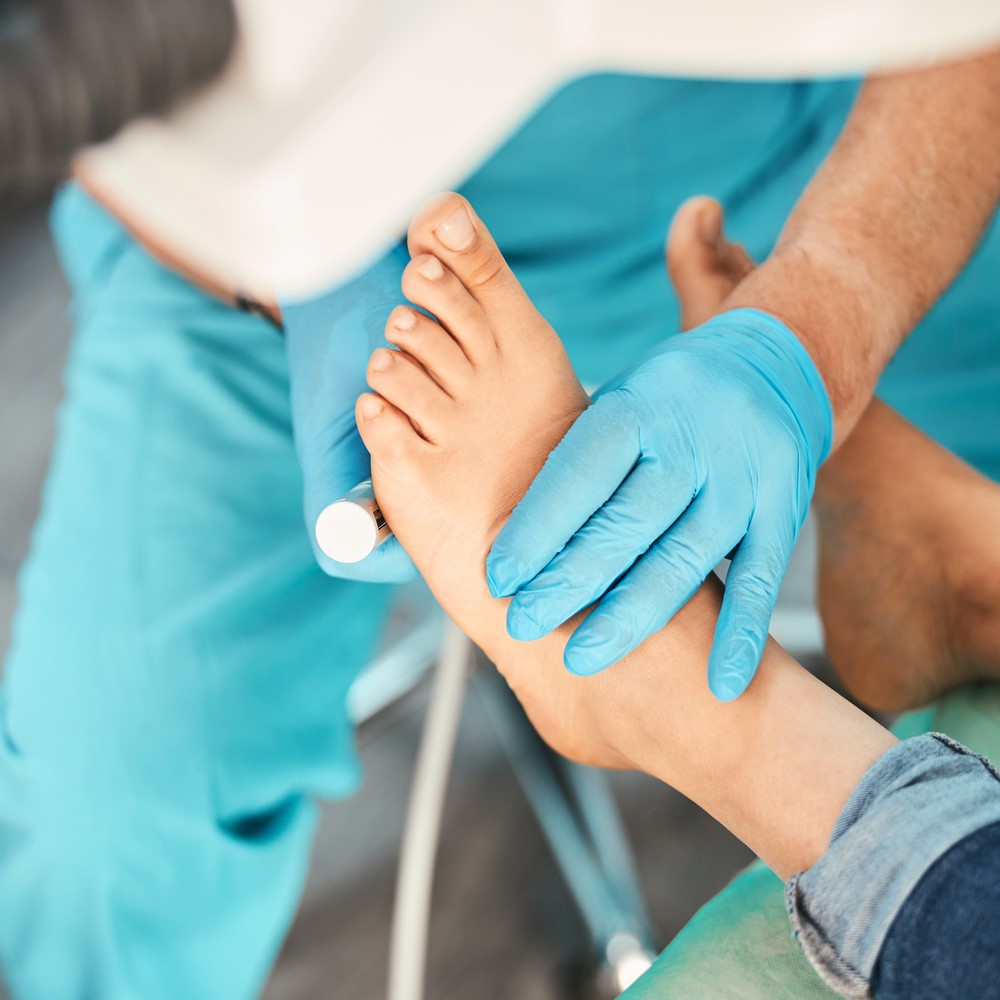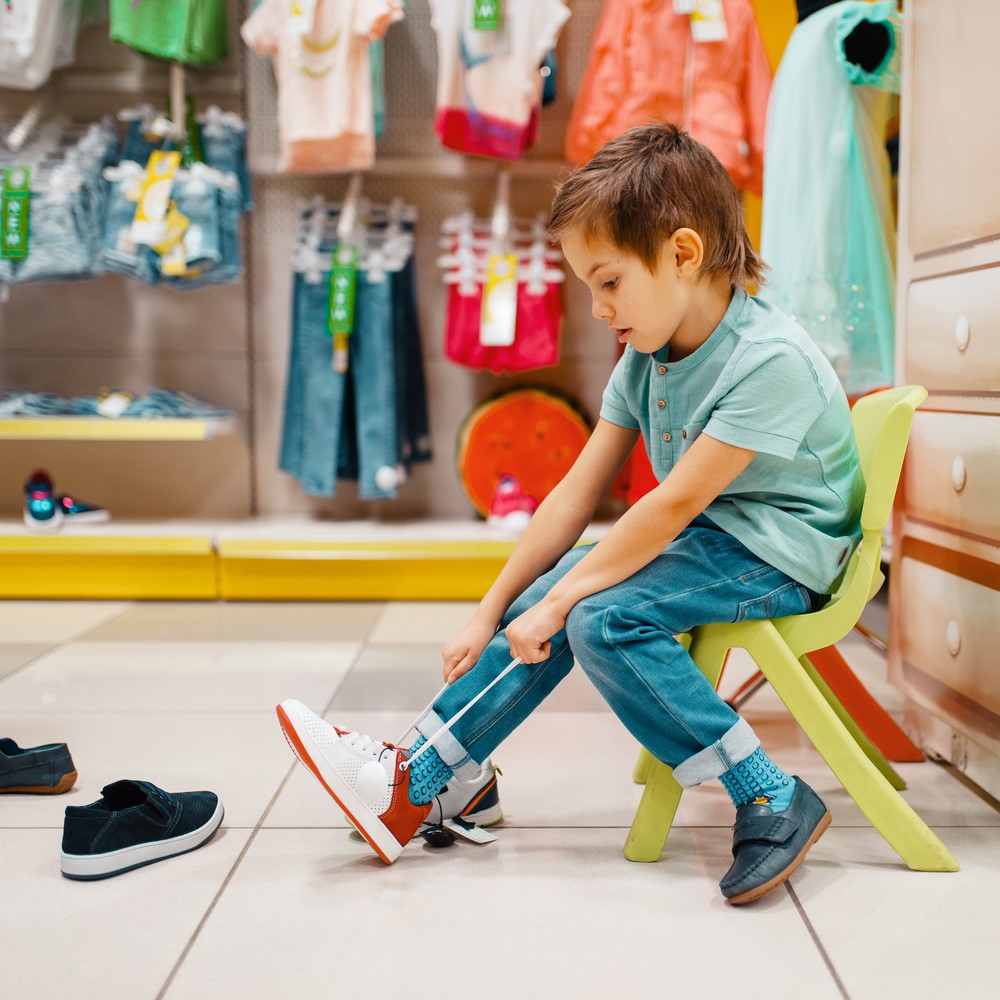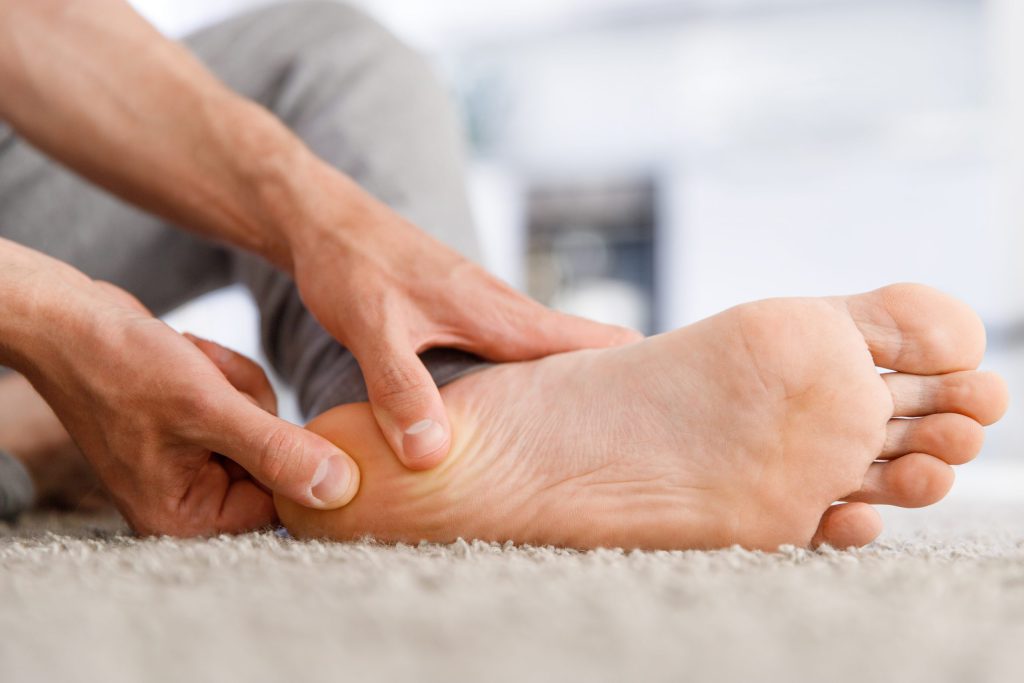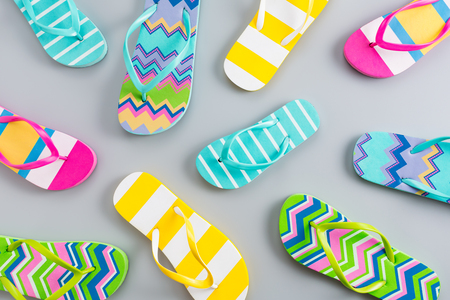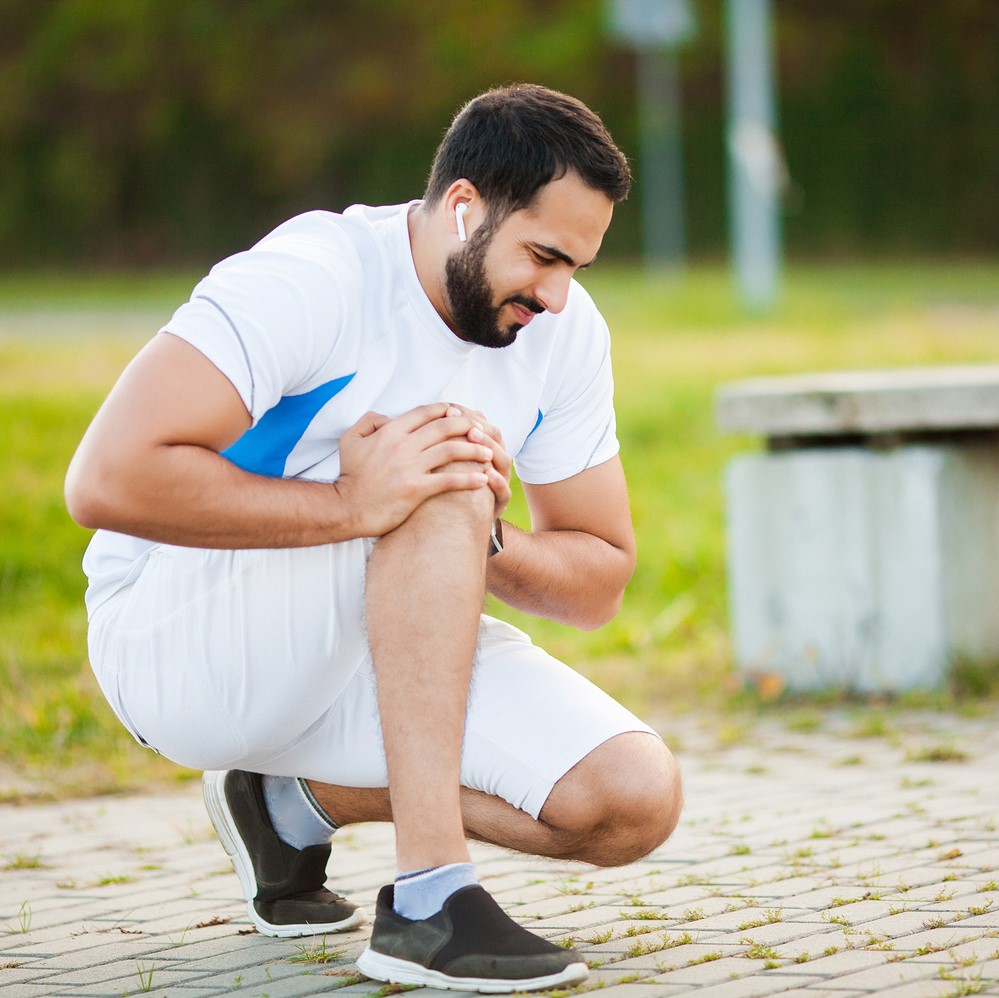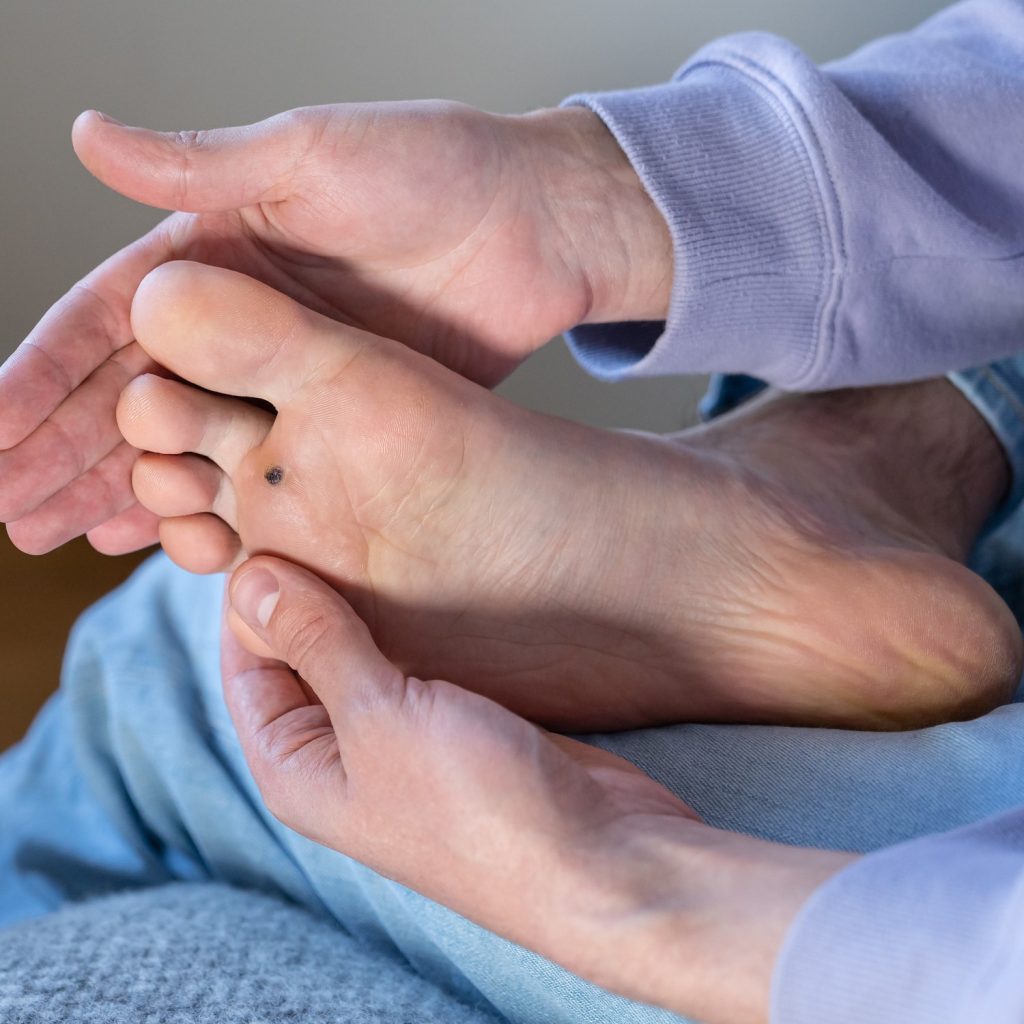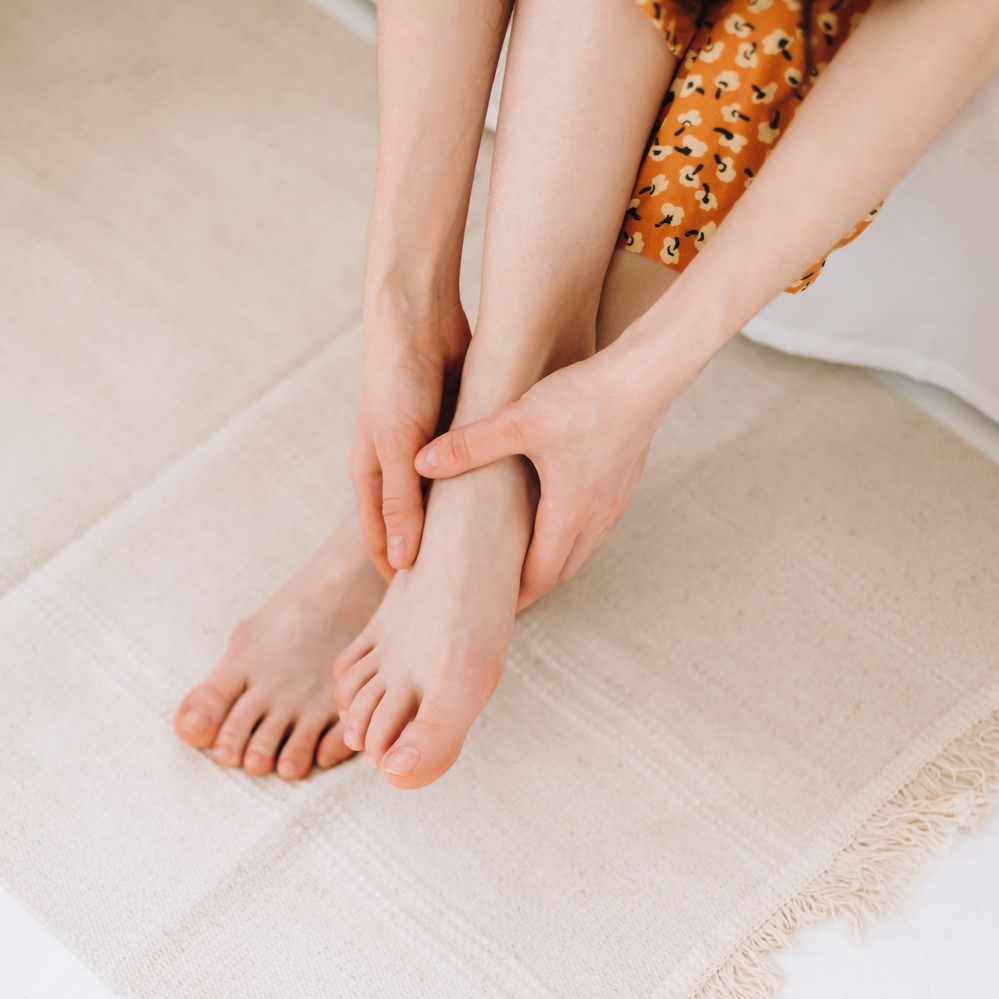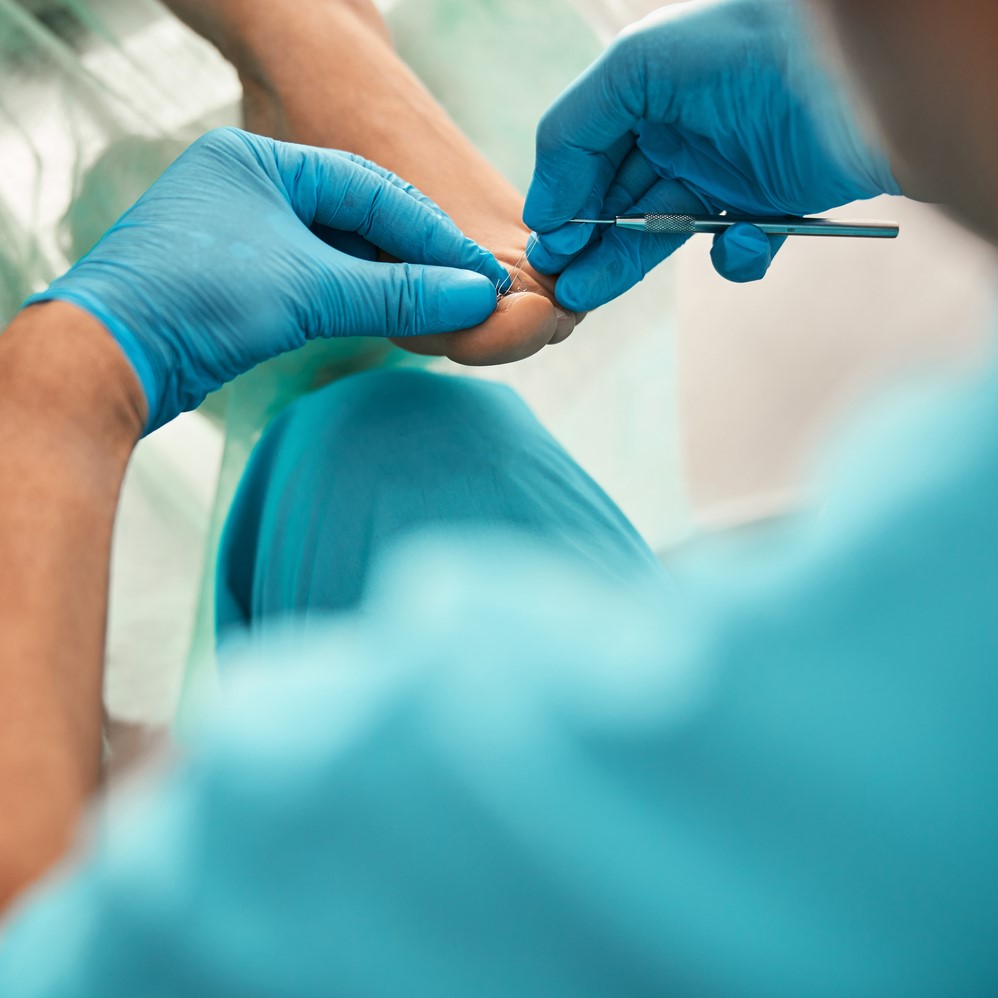Is shockwave therapy effective?
Is shockwave therapy effective? Is it a treatment that could provide long-lasting relief from plantar fasciitis? In the blog post, we would go on to discuss the case study in more detail, as well as the other benefits of shockwave therapy in treating plantar fasciitis. I would also address any potential risks or side effects. Is Shockwave Therapy Effective? Well, there is a growing body of evidence to support the effectiveness of shockwave therapy. A 2017 review of 14 studies found that shockwave therapy was more effective in reducing pain and improving function in patients with plantar fasciitis. Learn more about plantar fasciitis. Shockwave therapy is generally well-tolerated, with few side effects. Some patients may experience bruising or soreness at the treatment site, but these side effects are usually mild and go away on their own. A proof A 45-year-old woman presented to Health and Style Medical Center with a 6-month history of plantar fasciitis. She had tried conservative treatments, such as rest, ice, and stretching, but her pain had not improved. The patient received four sessions of shockwave therapy over the course of two weeks. After the first session, she reported a significant reduction in her pain. After the fourth session, her pain was completely gone. She was able to return to her normal activities without any pain. This case study demonstrates the effectiveness of shockwave therapy in treating plantar fasciitis. Shockwave therapy is a safe and effective treatment that can provide long-lasting relief from pain. Now you have the answer to this question “Is shockwave therapy effective?”. What Is Shockwave Therapy? Shockwave therapy works by delivering high-energy sound waves to the affected area. These sound waves cause micro-trauma to the tissue, which stimulates the body’s natural healing response. Shockwave therapy can also help to break up scar tissue and calcification, which can contribute to plantar fasciitis. If you are considering shockwave therapy for plantar fasciitis, book your appointment now! We can help you determine if shockwave therapy is right for you and discuss the risks and benefits of the treatment.
Is shockwave therapy effective? Read More »

